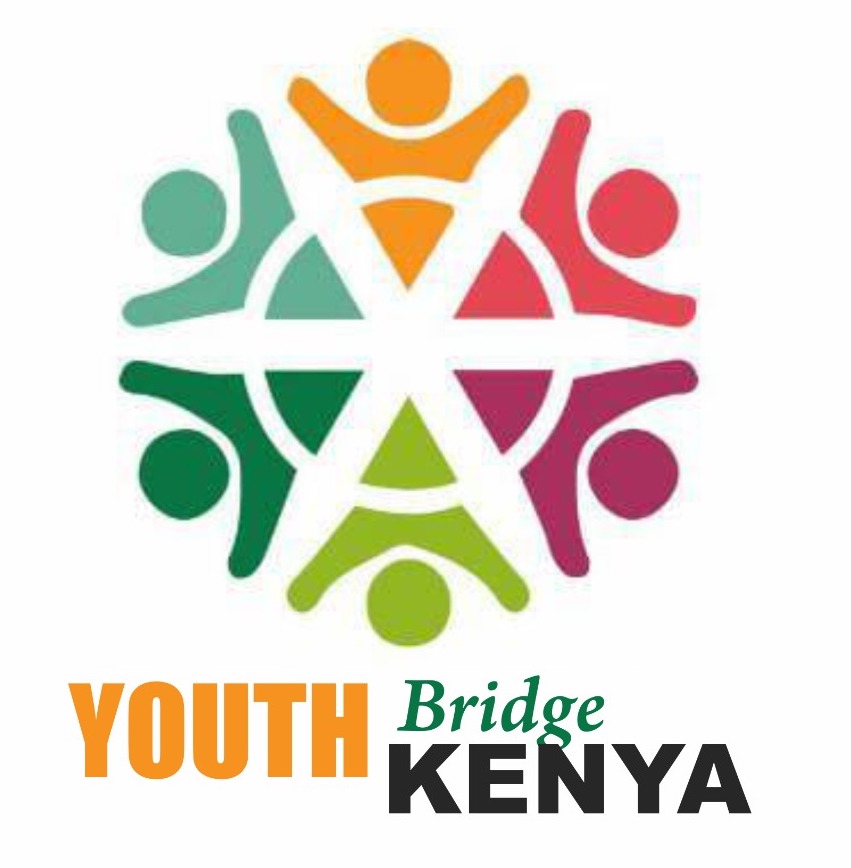Education has been described by among others, Nelson Mandela as the most powerful weapon with which humanity can use to change the world. The primary focus of Youth Bridge Kenya is to play a complimentary role and ensure that all children are enrolled and successfully attain basic education; students successfully pursue and graduate from high school, are prepared for tertiary institutions, and have an opportunity to earn or possess a skill or training with labor-market value.
To achieve these, YBK seeks to address the following issues;
The relationship between poverty and educational achievement: Do impoverished children perform more poorly in schools than their non-impoverished counterparts? If so, what factors in the home, community or school might be useful in explaining differences? Are lower achieving children in impoverished families more likely than their non-impoverished counterparts to leave school? Does household poverty matter less in wealthier villages?
The mechanisms by which poverty affects children’s education: To what extent is the educational disadvantage of poor children traceable directly to material resource constraints in the household, community, or school? To what degree do factors such as social networks, school social environments, parenting practices and expectations, children’s practices related to schooling, or relationships between parents, children and teachers play mediating roles?
The sources of gender inequality: What factors among appropriateness of schooling, basic abilities, opportunity costs, returns to the child, and returns to the family are perceived to differ by gender of child? How do such perceptions differ between poorer and wealthier parents, and between teachers and parents? Is there an interaction between poverty and gender inequality in educational participation, and if so, why are poorer parents more likely to favour boys?
The relationship between education and social mobility: From a long-term perspective, what are the geographic, labor market and economic outcomes of education for vulnerable youth? How do answers differ depending on the election of academic or vocational-track education and on social background?
Answers to these questions are a prerequisite for designing effective strategies for change. For example, to improve enrolment rates, it is important to understand the interplay of factors leading to premature school leaving. High school fees, lack of access to schools, test failure, low returns, high opportunity costs, and perceived lack of utility of the school curriculum carry distinct policy implications. For the larger endeavor of clarifying the long-term equity implications of the pronounced socio-economic changes and educational restructuring occurring across Kenya, it is important to trace their impact on the process and outcomes of education for rural children and those in informal settlements.
